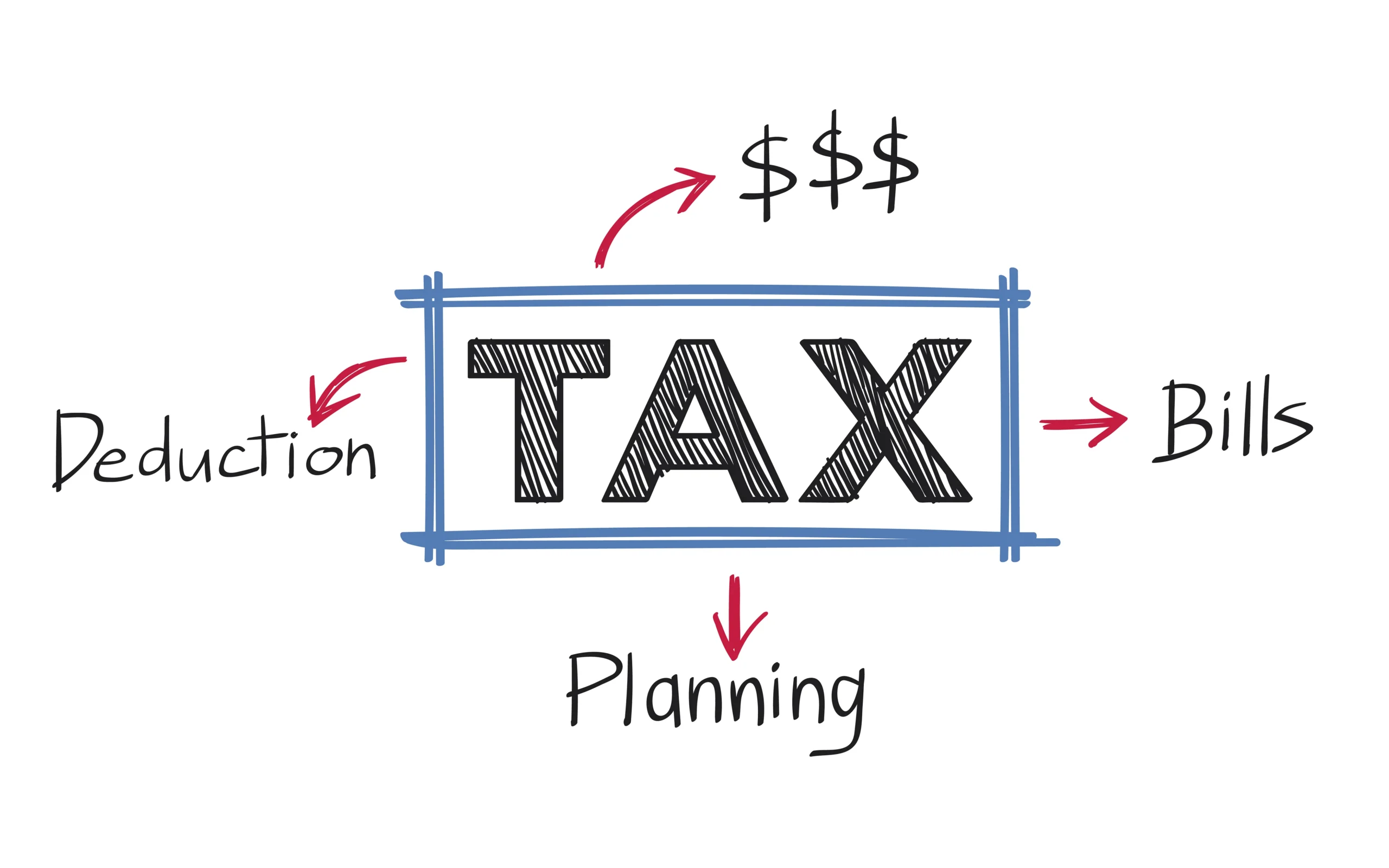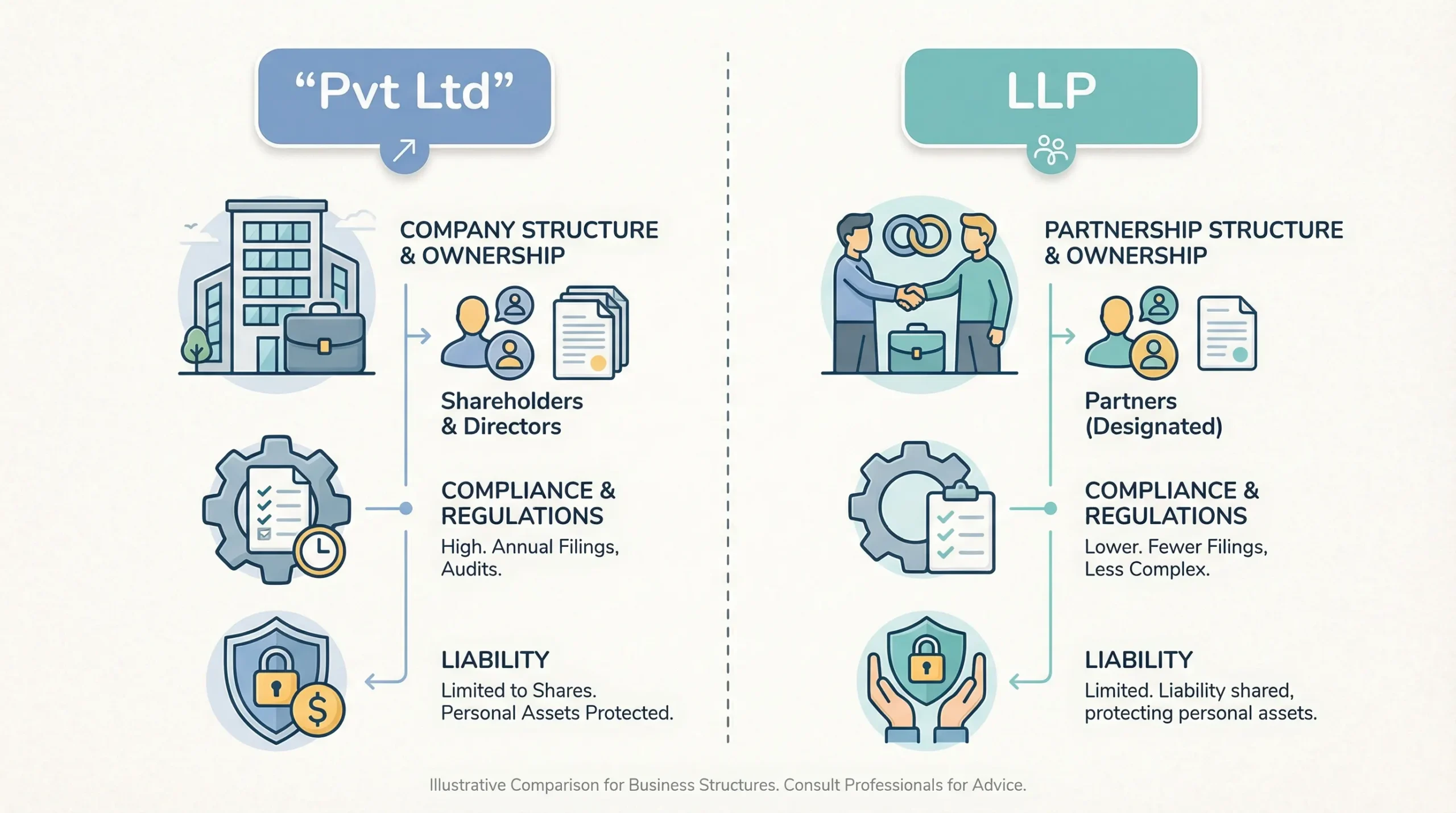Fiscal Year (FY) 2024‑25 in India runs from April 1, 2024, to March 31, 2025. The return for this period falls under Assessment Year (AY) 2025‑26, when taxpayers declare income earned during FY 2024‑25. Here’s what has changed for ITR filings this year:
Extended Deadline: Now Due 15 Sep 2025
Due to significant reforms in ITR forms and utilities, CBDT has extended the usual deadline of July 31, 2025, to September 15, 2025, for non-audit taxpayers—salaried class, pensioners, NRIs, and such.
But be warned: if you owe self-assessment tax, it still must be paid by July 31, 2025, to avoid interest penalties under Section 234B/C.
Who Gets the Extension?
- Extended to Sep 15, 2025:
- Individuals/HUFs/AOPs/BOIs not requiring audit
- Salaried, pensioners, NRIs.
- Unchanged deadlines:
- Audit-required businesses/firms/trusts: October 31, 2025
- Transfer pricing cases: November 30, 2025.
Other milestones:
- Belated/revised ITR: December 31, 2025
- Updated ITR‑U: Now can be filed within 48 months (4 years) from the end of AY 2024‑25, i.e., March 31, 2030.
Enhanced ITR Forms & Utilities: More Transparency
Applicable Forms & Excel Utilities:
- ITR‑1 (Sahaj) & ITR‑4 (Sugam) Excel utilities released April‑May 2025.
- ITR‑2, ITR‑3, ITR‑7 forms issued later; some still pending release.
What’s New in ITR‑1 / ITR‑4:
- Detailed entries required for:
- HRA: structure includes rent, salary break-ups, workplace, and metro status.
- Deductions like Sections 80C, 80D, 80E, 80EE/EEA/EEB, 80DDB, etc.
- Capital gains: LTCG up to ₹125k on listed equities can be claimed. This allows staying within simplified forms.
- Automated validation checks reduce false claims and speed up processing.
Pre-filled ITR Forms, Error-Free and Time-Saving
Pre-filled data now includes:
- Salary/TDS from Form 16
- Bank interest
- TDS credit from Form 26AS
- Other incomes (e.g., FD interest)
For salaried/pensioners/NRIs, the portal auto-fills much of the information, reducing manual entry errors and saving time.
ITR‑U: Filing of Updated Return
ITR‑U, launched with the FY 2025 Budget, allows correction of prior returns. Key points:
- Effective since April 1, 2025.
- Allowed within 48 months, extended from the earlier 12 months.
- Late ITR‑U brings extra tax charges: +60% in the 3rd year, +70% in the 4th.
CBDT Notifications & Press Releases
- May 27, 2025: Official extension of filing deadline to Sept 15 communicated via CBDT & PIB.
- June 2025: TDS credit statements (Forms 26AS, etc.) began reflecting by early June, justifying the deadline shift.
- Updated Form utilities and new forms for trusts (Form 10AB, 3CEFC) have been made available on the portal.
Who Must File ITR?
Legally required return filing applies to anyone who meets any of the following
- Gross income exceeds thresholds:
- ₹2.5 lakh (individual <60 yrs under old regime)
- ₹3 lakh (60‑79 yrs) / ₹5 lakh (80+ yrs)
- ₹3 lakh under the new tax regime.
- Claiming refunds or deductions/carrying forward losses.
- Holding foreign assets/income.
- NRI earning >₹2.5 lakh in India.
- Large bank deposits/investment expenditures.
Document Checklist for ITR Filing
Gather early to meet the extended deadline comfortably:
- Form 16 (salary + TDS)
- Form 16A/16B/16C/16D
- Form 26AS (tax credit)
- Bank interest certificates, FD interest
- Investment proofs: LIC, PPF, ELSS, 80C, 80D, 80E, etc.
- Housing loan statements/rent receipts for HRA proof
- Capital gains statements (Equity/F&O)
- Foreign income or assets statement
- PAN, Aadhaar, and bank details.
- Policy/account details: health insurance, donations, and political contributions.
Step-by-Step ITR Filing 2025 Guide
Online Method (Recommended):
- Log in to the Income Tax e-filing portal.
- Choose relevant form: ITR‑1, ITR‑2, etc.
- Opt for e‑form or upload a validated Excel/XML.
- Use a pre-filled form as a base.
- Enter missing income/deductions; attach validations for deductions.
- Validate using the portal’s checks.
- Pay any remaining self-assessment tax before uploading.
- Submit and verify electronically (Aadhaar OTP/EVC).
- Save the ITR‑V and acknowledgment for records.
Offline Method: Excel Utility (ITR‑1/4 only):
- Download the Excel file and fill it out offline.
- Validate and generate XML.
- Upload to the portal, verify digitally.
Strictly file by September 15, 2025, more time but same importance on deadlines.
What If You Miss the Deadline?
- Belated Return (Sec 139(4)): Acceptable until December 31, 2025. However, interest and a ₹5,000 penalty apply if total income >₹5 lakh.
- Revised Return: Correct mistakes until December 31, 2025.
- Updated Return (ITR‑U): Use up to March 31, 2030, with stricter tax additions.
Benefits of the Extension & More Interest
Thanks to the deadline shift, taxpayers receiving refunds can enjoy an estimated 33% higher interest on refunds. Remember to report this interest under “Income from Other Sources” when filing.
Choosing Between Old vs New Tax Regimes
- The new default regime under Section 115BAC allows simplified slabs but no deductions. Threshold now ₹3 lakh, up to ₹15 lakh taxed incrementally, and higher income taxed progressively.
- Old Regime favours those with deductions under 80C, HRA, mortgage interest, etc.
- Taxpayers can switch annually if not business income; business incomes require Form 10-IEA.
Key Takeaways & Strategies
| Point | Strategy |
| Don’t delay on tax payments | Even if you file by Sept 15, pay any self-assessment tax by July 31 to avoid penalties. |
| Use pre-filled data | Check salary, TDS, and bank interest—reduces errors. |
| Collect documents early | Ensures comprehensive filings. |
| Decide your tax regime | Run numbers to choose old vs new, use Form 10‑IEA if needed. |
| File updated/belated returns | Use ITR‑U (up to 48 months), but watch additional tax charges. |
| Report refund interest | It’s taxable – don’t ignore it. |
Conclusion
FY 2024‑25 ITR filings bring both extended time and enhanced responsibility. While the September 15, 2025, deadline gives breathing room, taxpayers must not delay paying taxes or preparing documentation. With revamped ITR forms, stricter validation, and a more transparent filing experience, Indian taxpayers can expect a smoother journey—if they stay organized and proactive.
By leveraging pre-filled data, choosing the best tax regime, and using the ITR‑U facility wisely, individuals can maximize compliance, reduce stress, and potentially even increase benefits like interest refunds.



This is my first time pay a visit at here and i am genuinely impressed to read all at single place.